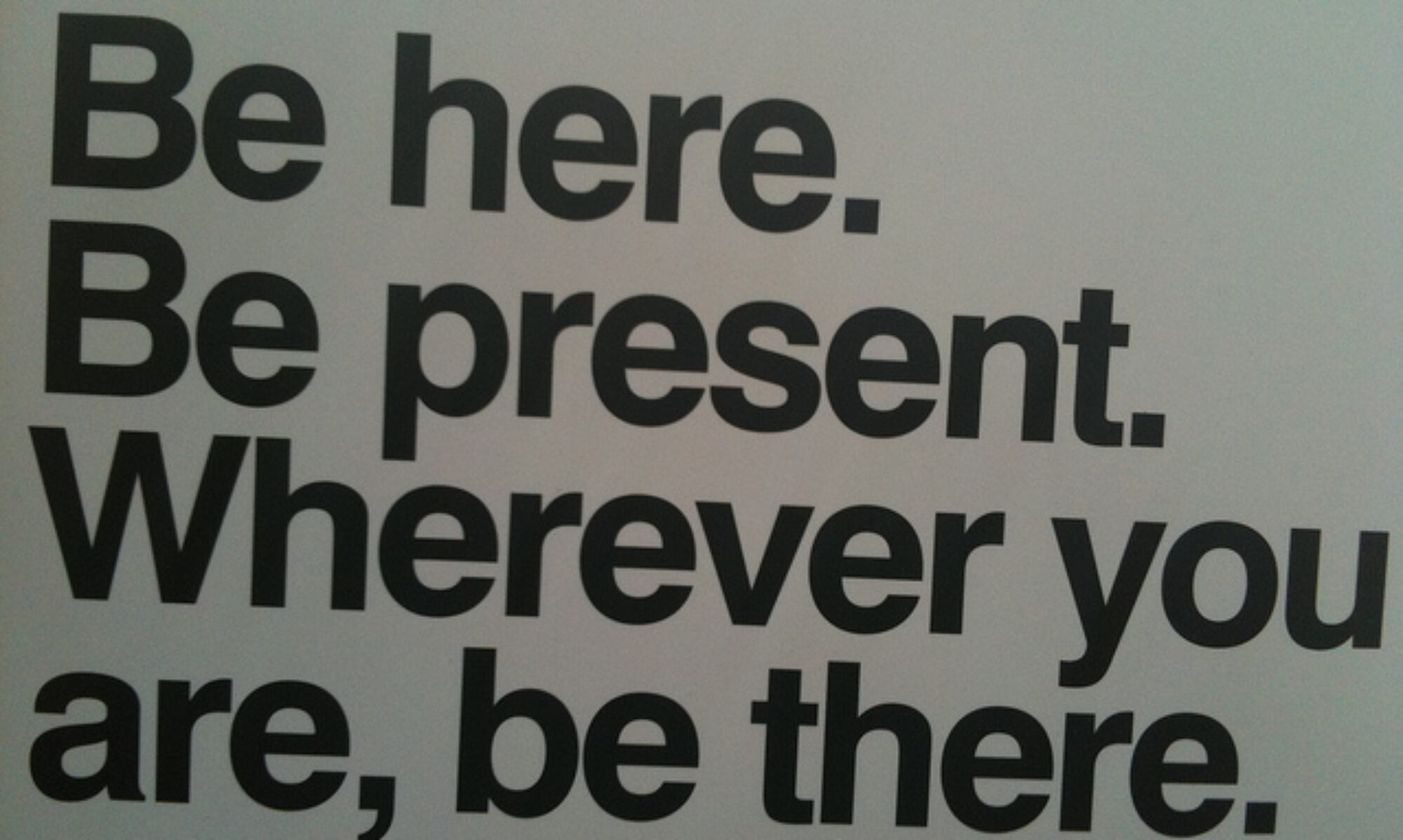Recently I’ve noticed that some of my entrepreneur friends are moving into video elements as part of their marketing. Videos as part of a robust content marketing strategy can elevate a small business above competitors, especially when the person behind the brand can shine and bring personality to the forefront. But when visual marketing is bad, it can go really left. I’m talking shaky handling, no focus (both in lens and in purpose), poor audio quality and leaving viewers with a sense of “What did I just watch? And why?” I can’t possibly let this stand because my friends are nothing if not smart. So I’m offering a helping hand and some simple tips to ensure that the next video sent out via social media, email or embedded on a website is the game-changer that brings clients running.
1. If your videos are shot primarily on a mobile phone, please turn your phone.
Seriously. It’s that simple. Shooting horizontally rather than vertically opens up the frame and gets rid of those black stripes on each side. Need a snazzy song to help you remember? Chescaleigh has you covered! Seriously, she explains it very well, while singing. What more do you need?
2. Script your videos.
While I am sure everyone believes they are hilarious and always on-cue (inside their head), there is something about a being in front of a recording device that strikes even the most clever of us dumb. To combat any kind of stage fright or forgetfulness, make a script. This could be as simple as “First scene: in front of store, second scene: at the counter with customer, third scene: in back office.” Knowing ahead of time what you should be doing on screen means no hemming and hawing plus fewer minutes spent on the editing process.
3. Know what you want to achieve with your video.
Call to action, call to action, call to action. I can’t stress enough that you must have a call to action. This applies to all aspects of marketing: email marketing, landing pages, social messages, etc. And it can apply to your video marketing as well. YouTube allows users to include links to external content; Instagram gives you space to include a long-form description and drive people to your site. Videos are fun, sure, but they should also have a secondary action after viewership.
4. Where you can, invest in professional videography.
Depending upon on how much video you plan on doing, consider investing in a good videographer for special events and occasions. Let’s say you’re a wedding photographer. Get a short video detailing how you work with clients to set up the perfect day of shots, how you edit for narrative story and how you present to your clients. Consider having a satisfied customer couple do a short testimonial on-camera about how you captured their day perfectly and were so easy to work with. Now, not only are your photos your content and selling tool, your process and customers are too.
Quick and dirty tips: Buy a tripod (for those shaky hand videos); find a cheap editing tool for transitions and creativity; grab your photogenic clients and friends, and have fun!
Inspiration: Fit Men Cook, Hippie Heathen, Naptural85
Mashable has more tips for video production. If you work regularly with video, what tips would you give to those who are just starting out?

